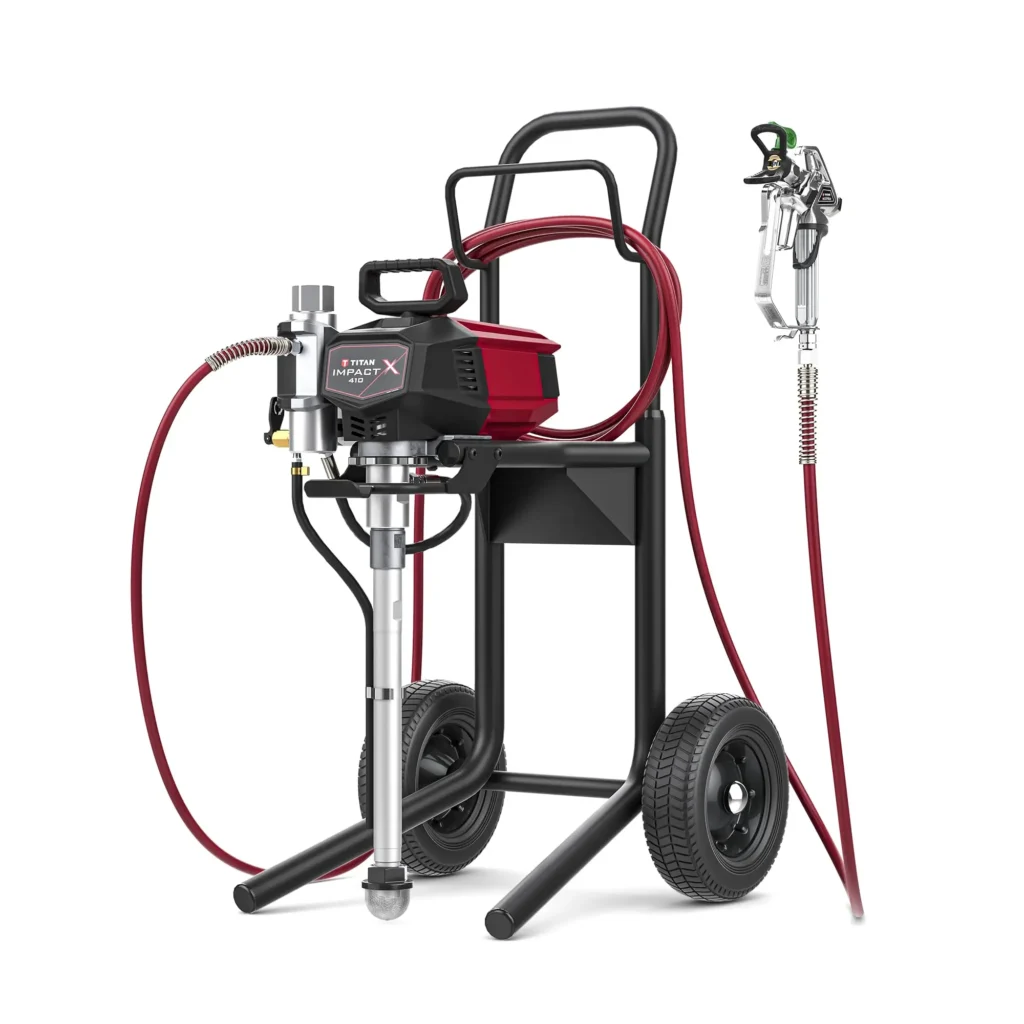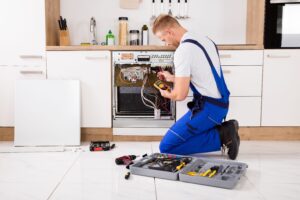
When using an electric paint sprayer, setting up the paint sprayer correctly would result in a stunning finish.
Using an electric paint sprayer instantly elevates the finish of your walls, furniture, or outdoor surfaces. Compared to traditional brushes or rollers, an electric sprayer applies paint smoothly and uniformly, mitigating streaks and smoothing the application. Regardless, smooth edges require proper technique, adequate preparation, and knowledge of the sprayer’s function.
Mixing and Thinning the Paint
Most paints cannot be sprayed directly out of the can. Depending on the sprayer type, you may need to thin the paint to a specific viscosity for it to spray evenly. Most electric paint sprayers have recommendations for the correct paint viscosity for optimal spraying. A thick paint may block the nozzle which will lead to uneven patches being sprayed.
Remember to use the proper paint thinner. For latex paints, you can use water, and for oil paints, you can use mineral spirits. Make sure to mix the solution completely, and test it on cardboard before actual painting. Properly thinning the paint will lead to the correct application as well as minimize clogging risks.
Adjusting the Sprayer Settings
When using an electric paint sprayer, setting up the paint sprayer correctly would result in a stunning finish. Change the spray form to match the surface that needs to be painted. For example, most sprayers allow shifting from vertical to horizontal and circular spray patterns. Walls are best painted using vertical and horizontal patterns while circular patterns would be more suited for small detailed projects.
You should alter the paint flow rate so that neither excessive nor insufficient paint application occurs. Excessive paint can cause drips and runs whereas insufficient paint application results in uneven finish. Adjust the sprayer on the test piece to achieve the desired setting before proceeding with the actual item.
Methods Of Spraying
Correct methods should be employe to achieve the desire finish. The proper distance of the sprayer from the surface is 6-12 inches and it must be in motion all the time to eliminate pooling or streaks. It is also important to overlap each pass by about 50% of the previous one to avoid visible lines or patchiness.
Avoiding Common Spraying Mistakes
One of the most common mistakes that a user can make is spraying too close to the surface, which, as a result, leads to drips for uneven coverage. At the same time, spraying too far can also bring dry patches which is another form of uneven coverage. The patchy finish is what every user aims to avoid while using a sprayer.
Another common mistake users make is placing too much in the sprayer’s container. Users need to ensure that more than one coat is applie to guarantee both proper layering and even application, as well as prevent runs or streaks that result from uneven drying. To add on further, while switching between paints, the sprayer also needs to be clean properly if one wishes to avoid clogging and paint residue.
Spraying AP-1/315 Sprayer, besides ensuring proper maintenance, also requires users to avoid rushing as it leads to the sprayer malfunctioning.
Secondary Coats
After the first coat, one needs to wait for it to completely dry before proceeding to add any additional layers. The finish coats that are add after the first coat need to be monitor for humidity, along with the paint and temperature. Without proper patience, users risk creating uneven layers or blemishes on the surface finish.
If mark with a ‘C’, it means that users intend on adding a second coat which requires sanding down the first coat beforehand alongside other steps that are detail above. The second coat is also applie in the same manner to get the desire finish while further ensuring a professional quality result.
Cleaning And Maintaining The Sprayer
For the electric paint sprayer to function optimally and to ensure longevity, it needs to be properly maintain. Make sure to clean the sprayer thoroughly after project completion to avoid paint buildup and clogs. Make sure to take the hose, filter, and nozzle apart, and clean them with the correct cleaning fluid (water for latex paints, oil-based paints require mineral spirits).
Routine maintenance ensures the device is preserve over time and keeps it in the best condition for future projects. It is crucial to store the oil sprayer in a clean and dry environment, and also follow manufacturers’ guidelines on maintenance and storage.
Conclusion
Maintenance and preparation are the key drivers for the optimal use of electric paint sprayers, along proper technique to be employe. Using the right type of sprayer, prepping the surface, thinning the paint beforehand, and using hand movements that are controll and steady increase the chance for an even and smooth finish. Adding thin coats using these controll movements and avoiding common mistakes greatly increases the quality of painting projects. These guidelines are applicable whether you are painting outdoor surfaces, furniture, or walls, and doing so ensures professional-level results.





